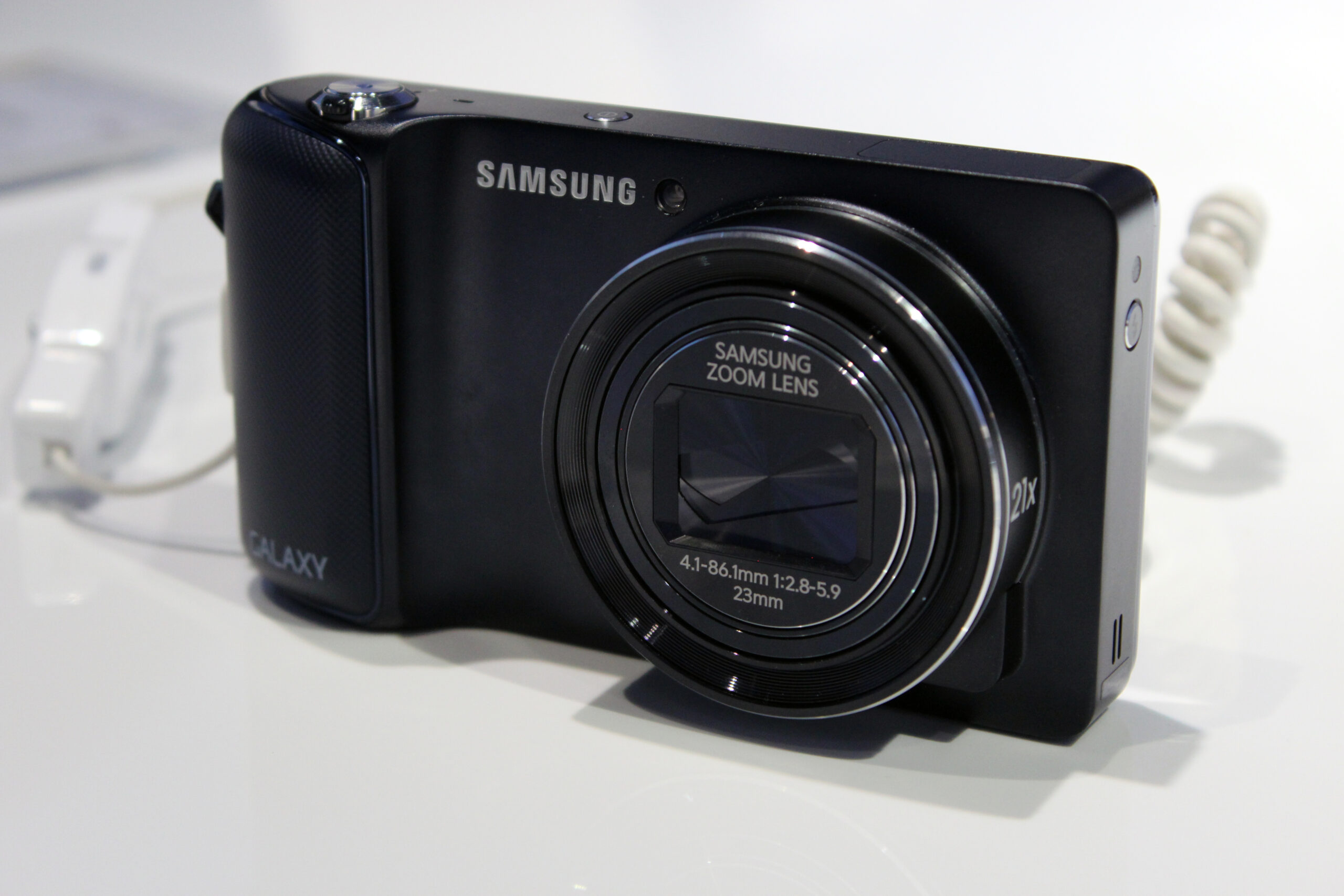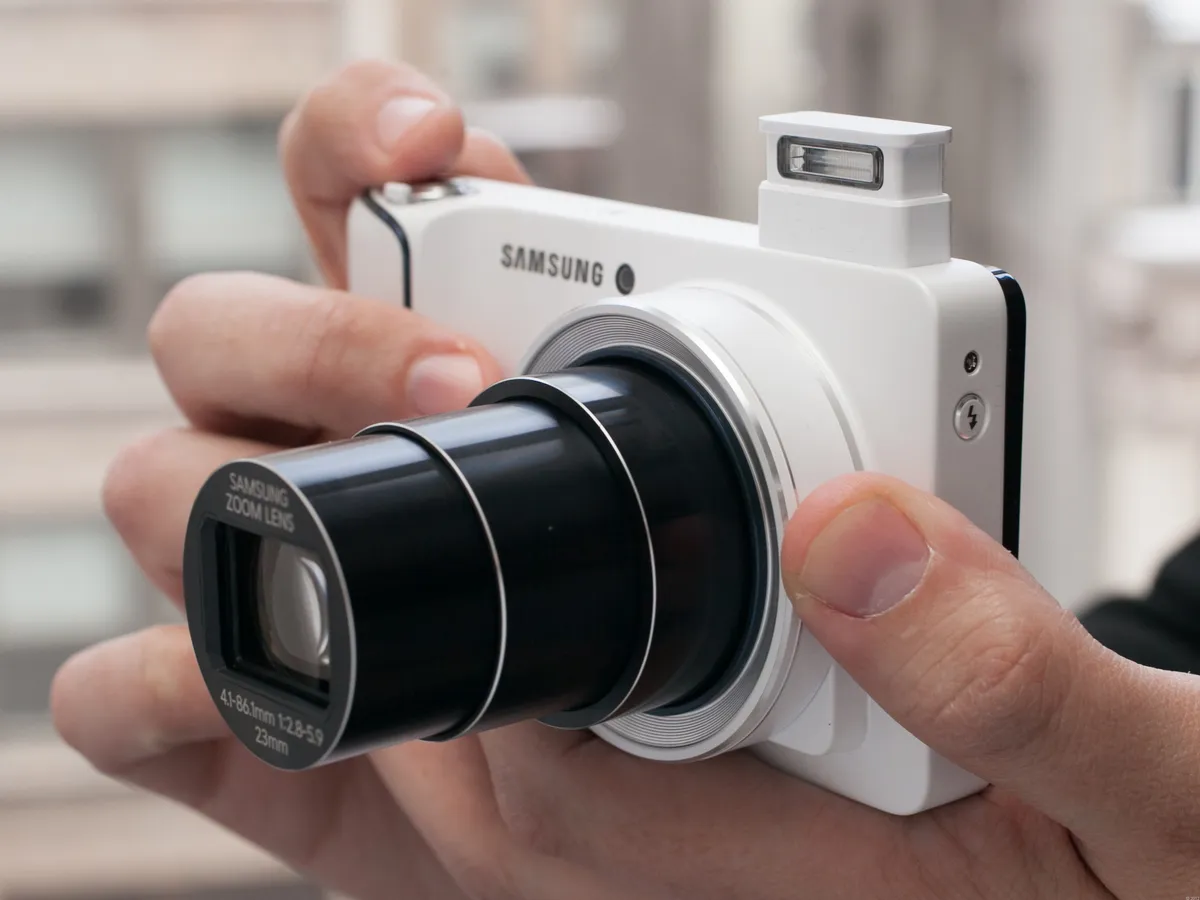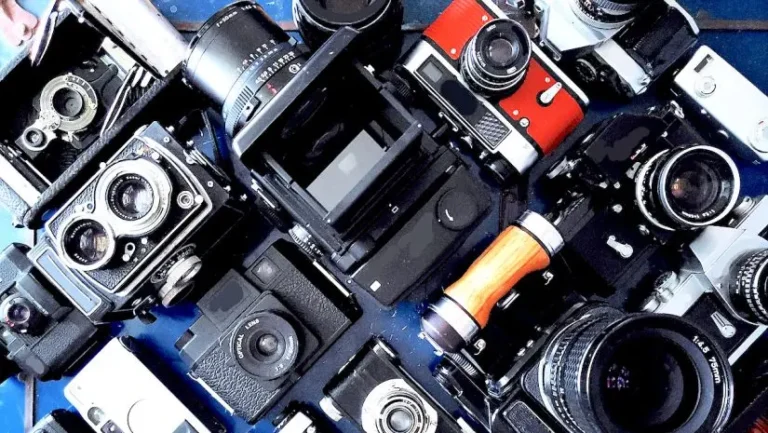The Power of AI in Imaging
Samsung has changed the face of digital photography with its enhanced AI-based imaging engine, most notably the ProVisual Engine that was launched in Galaxy S25 series. This system has smart scene recognition and real-time optimization to adjust to the lighting, colour, and position of the subject, and produce photos that replicate the eye with its sharp and depth. Such aspects as adaptive scene recognition and AI noise reduction ensure sharp images even in the dark, and computational photography enhances textures and background details without any overprocessing. The further incorporation of artificial intelligence into Samsung smartphones turns the common smartphone cameras to intelligent creation tools, which can produce work of professional quality.
Pioneering Camera Hardware Innovation
Samsung has maintained hardware superiority in its advancement in cameras. An example is the Galaxy S25 Ultra with an innovative wide-angle sensor with 200 MP and a 50MP ultra-wide and dual telephoto lenses that have a maximum optical zoom of 10X, which is even superior to most mirrorless cameras in terms of versatility. This arrangement provides detail and smooth zoom effects with Quad Tele System that provides 2x, 3x, 5x and 10x optical zoom effects. The combination of pixel-binning technology makes sure that the dynamic range and color accurate even in the difficult light conditions. Video lovers enjoy 8K recording speed at 30 frames per second with advanced stabilization, which is a step between phone and film video recording.
Elevating User Creativity with Expert Tools

The advanced features of Samsung enable amateurs and professionals alike, providing their control with ISO, shutter speed and white balance directly in the native camera app via its expert RAW mode. This property stores the RAW files to be processed later, which is to satisfy the needs of the photographers who desire to improve their photographs without compromising quality. The Virtual Aperture system enables the fine-tuning of depth of field, whereas the post-processing is intelligently balanced with AI. Combined with the excessive number of lenses produced by Samsung, such as the wide-angle landscape and the macro precision lenses, the creativity will be painless and available to users of all levels.
Seamless Fusion of Photography and Connectivity
The strategy of Samsung does not end with taking of great pictures, but improves the way users share and experience them. Galaxy ecosystem is a combination of cameras, cloud storage, smart editing applications, and real-time sharing. Samsung smartphones are considered to be a step further in photography beyond documentation because of such features as the Bixby Vision and built-in photo translation. Also, AI-driven photo recommendations and automated editing tools save time and effort and ensure the stylistic similarity of shots. The mobile ecosystem of Samsung and its One UI software simplify the workflow of the creators, starting with planning a shot up to the publication on digital platforms.
Shaping the Future of Digital Imagery
The exploration of the new frontiers of imaging that the company has made puts it in a strategic position of being a central innovator in the future of digital photography. The progress in AI-assisted editing, real-time HDR, and multi-camera synchronization are signs that someday, smartphones will be able to compete with professional DSLRs. Samsung has been working tirelessly on sensor technology, optical engineering, and machine learning integration, which is why mobile photography continues to transform to unparalleled precision and creativity. Essentially, the cameras by Samsung not only redefine the capabilities of the mobile photography but also how photographers, amateur or professional, can capture and distribute their visual stories to the world.



